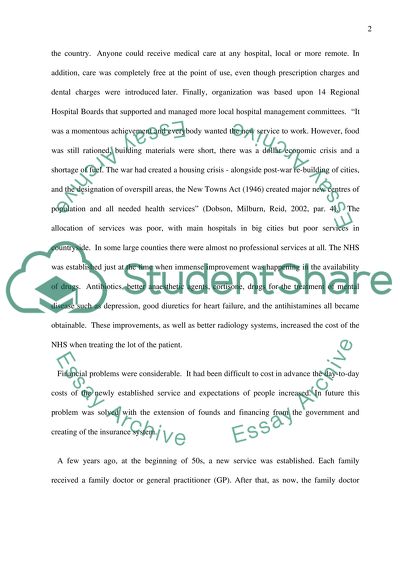Cite this document
(“The history of NHS Essay Example | Topics and Well Written Essays - 1500 words”, n.d.)
Retrieved from https://studentshare.org/health-sciences-medicine/1517745-the-history-of-nhs
Retrieved from https://studentshare.org/health-sciences-medicine/1517745-the-history-of-nhs
(The History of NHS Essay Example | Topics and Well Written Essays - 1500 Words)
https://studentshare.org/health-sciences-medicine/1517745-the-history-of-nhs.
https://studentshare.org/health-sciences-medicine/1517745-the-history-of-nhs.
“The History of NHS Essay Example | Topics and Well Written Essays - 1500 Words”, n.d. https://studentshare.org/health-sciences-medicine/1517745-the-history-of-nhs.


